PREDICTIVE DIALLER
Introducing Predictive Dialler – A Tool That Helps You Get in Touch With Your Clients
Provide immediate, helpful service for customers every time.




Calendar notifications, automatic email responses, social media scheduling these days, there are myriad ways to streamline workflow and improve efficiency. In a call centre, automation is essential, and predictive dialling software can boost productivity and enhance the customer experience.
What exactly is a predictive dialler (or predictive dialler if you prefer the US spelling)? Well, it’s basically a type of auto-dialler that uses call metrics to speed up the dialling process and improve outbound call centre efficiency.
A predictive dialling system automatically dials from a list of telephone numbers. When it detects a connection, it passes the call to an available agent. It aims for a higher calling rate by dialling multiple phone numbers at once.
The software does not route outbound calls to busy agents, and it’s able to screen out busy signals, unanswered calls (no-answers), and disconnected numbers. Agents are only connected to answered calls, which means less time wasted and more talk time with receptive customers.

The automated system is much faster than manual dialling, and also eliminates the potential for dialling mistakes. Predictive diallers began as hardware, but have now become a software as a service (SaaS) solution based in the public cloud.
Predictive dialler software is based on mathematical algorithms, which enable the solutions to make dialling decisions in line with business goals.
Using a “pacing algorithm”, the system can calculate the average length of a phone call and the average number of dials it takes to make a connection. It uses this to predict when an agent will be ready, and then dials the number on the agent’s behalf.
Because multiple numbers are dialled at the same time, agents are supplied with a seamless flow of calls with minimum downtime—ensuring they don’t have to search through contact lists or sit around waiting for the next call.
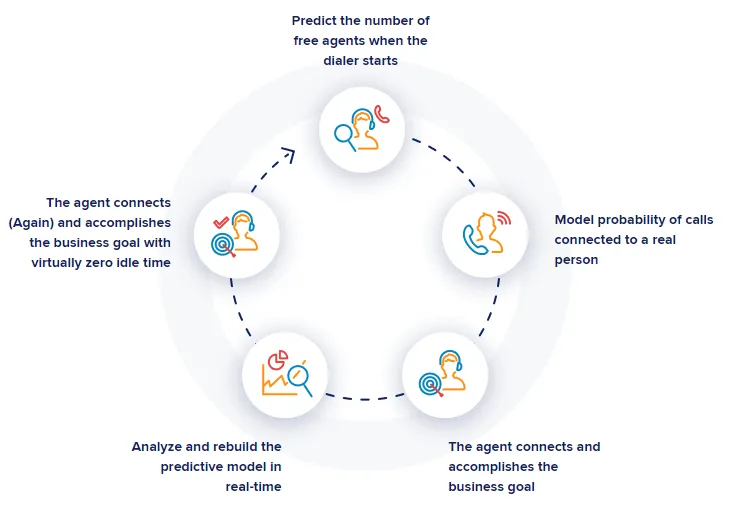
If a call goes unanswered, the predictive dialler quickly moves on to the next number in the contact list. When a call centre is very busy, it knows to slow down or pause operations until agents are nearing the end of their calls.
Predictive diallers can also collect and monitor data related to your campaigns, using call metrics. This level of efficiency helps businesses to run multiple campaigns simultaneously.
Predictive diallers originally appeared in the banking industry about 30 years ago, and were used largely for debt collection. However, their efficiency and versatility mean they are suitable for all sorts of other businesses.
The technology is most often used in sales, telemarketing, and market research, where contact centres operate with relatively large teams and high call volumes. This is because predictive dialler systems require data from multiple agents in order to make their predictions.
Very small businesses may not see so much benefit from predictive dialling for this reason. In addition, companies selling high-value items or nurturing very valuable leads may prefer to stick with manual dialling, where they can spend more time with each client and have time for research between calls.
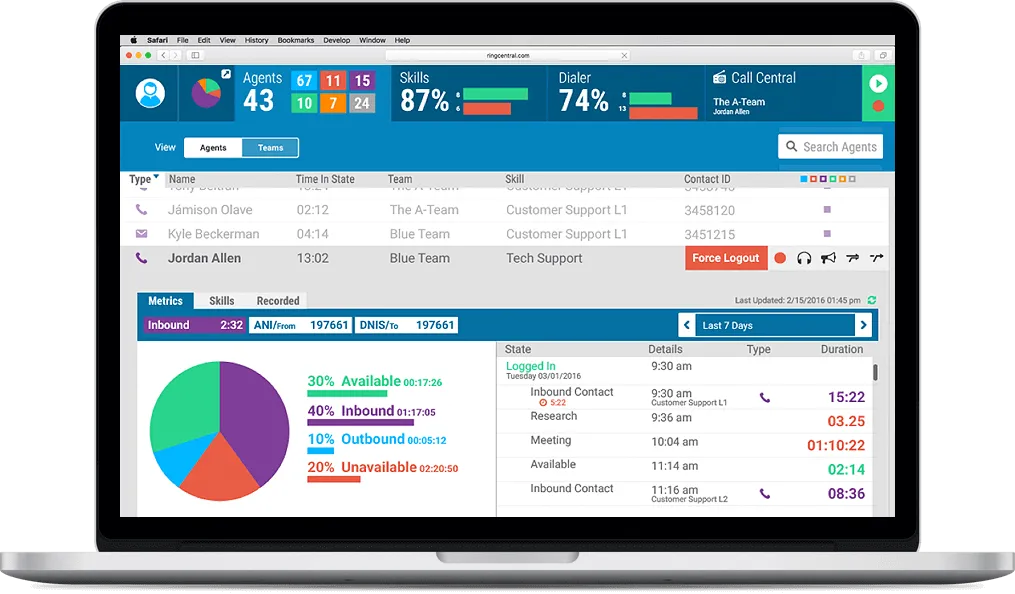
Predictive dialling is a perfect tool for monitoring customer satisfaction, providing generic information (opening hours, shipping rates), and appointment scheduling. It’s also used in fundraising, political canvassing, and public awareness campaigns.
Although it’s possible to implement an on-premises solution, many companies prefer to use predictive dialler software based (or “hosted”) in the cloud, as this reduces the need for capital expenses and IT maintenance costs.
The best way to discover how a predictive dialler system can enhance your business is to see it in action! Click below to watch a demo and find out why it’s a popular solution for efficient contact centres.
As we’ve already mentioned, using a predictive dialler system can bring a raft of benefits to your business, especially in call centres with large teams. We’ve picked out six of the most notable of those benefits:

Perhaps the principal benefit of predictive diallers is that they improve efficiency and productivity among agents. For one thing, the system is much faster than dialling manually, so it vastly increases the number of calls each agent can make.
The algorithm predicts exactly when an agent will be ready to take a call, and only puts the call through at that point—so there’s barely any downtime.
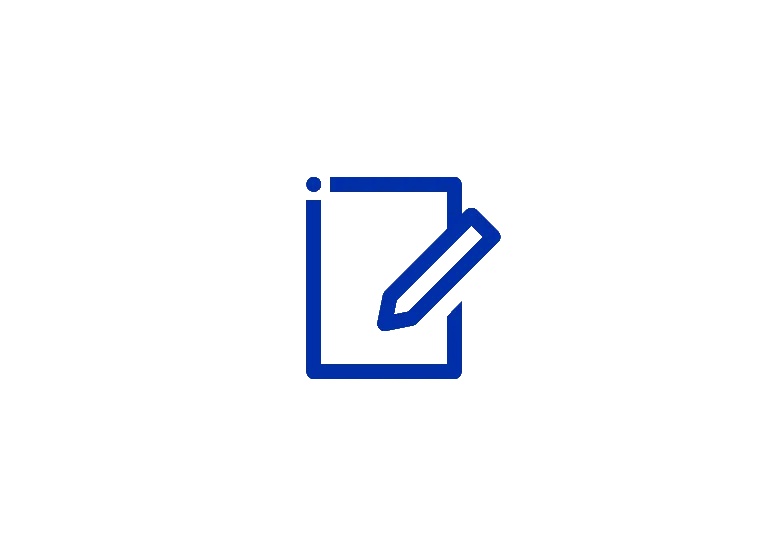
However efficient an agent may be, they are still human—and humans sometimes make mistakes! A predictive dialler, on the other hand, is a precision machine that will always dial the number correctly. Again, it’s a way of saving time.
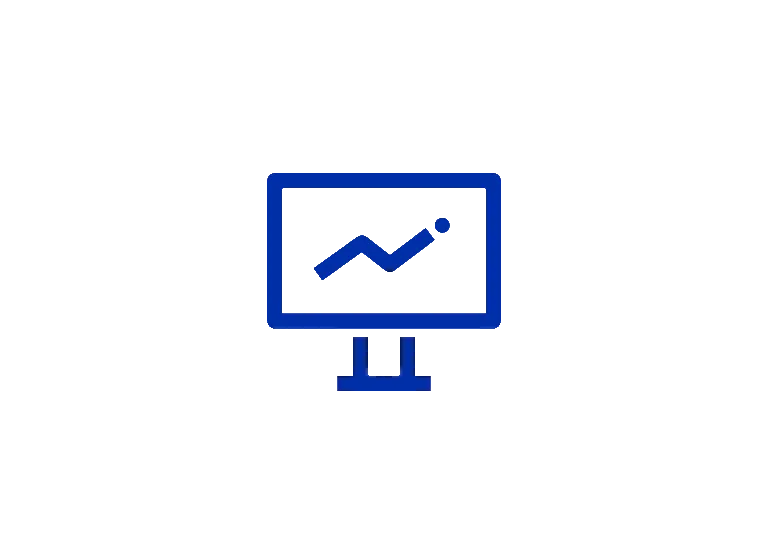
Predictive dialler software reduces the time wasted on unanswered calls, ensuring agents spend more time talking to receptive customers. The technology also identifies the best times to call. Meanwhile, it can send out automated messages to target a large group of people in a specific campaign.

Because the software saves so much time and makes agents more productive, it saves the company money. The automated systems can run 24/7, and choosing software that’s hosted by the cloud also reduces IT costs.
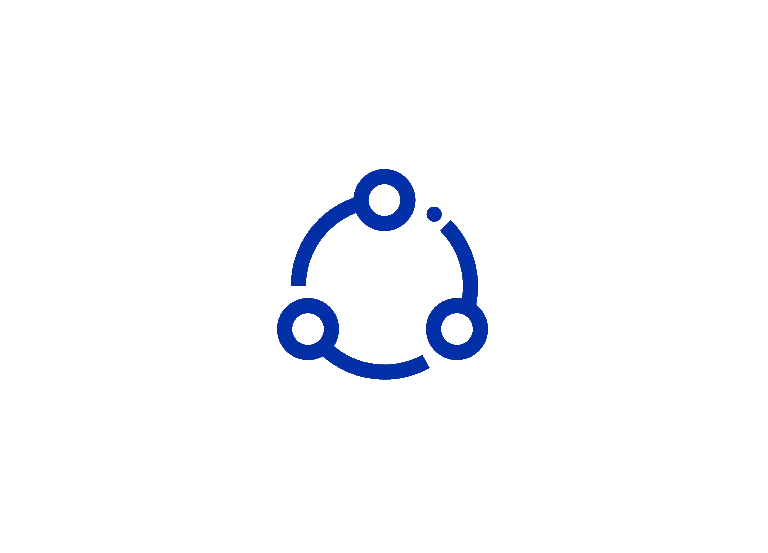
Customers hate being contacted at inconvenient times, so predictive diallers use data to identify the best times to call. They also take different time zones into account, and will never contact anyone who’s on your do-not-call list.
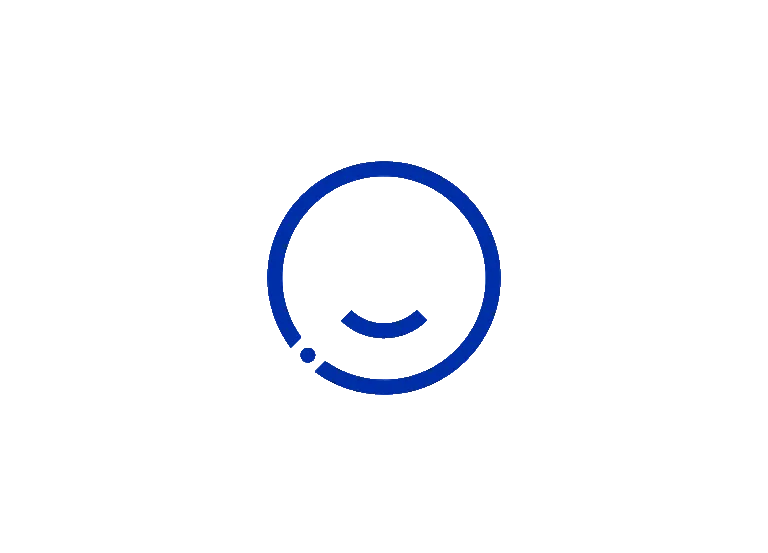
A predictive dialler uses metrics to monitor and analyse results and customer feedback, which will help you see if you’re on the right track and find areas for improvement.
Implementing a predictive dialler will definitely improve efficiency in your team. But you’ll need to do a bit of groundwork to ensure you get the best use out of the technology.
First, do your research and work out which solution would best fit the needs of your campaigns. There’s plenty of software available, so make sure you learn the difference between dialling modes and similar-sounding products.
All staff should receive training on how the system works, and how it will benefit them and the company. Sales teams may be expected to take more calls and convert more leads, so make sure this is recognised in their contracts and bonus schemes.
When setting up your chosen system, keep your business goals in mind and tailor the system to help you achieve them. For example, some software can be programmed to keep agents “unavailable” for a set amount of time after a call ends, so they have time to complete any related admin tasks.

You also need to strike a balance between reducing idle time for agents and minimising abandoned calls. If too many calls are let through at a busy time, there could be a delay before a customer is connected to a live agent, leading them to abandon the call.
Remember that predictive diallers can collect useful data on things like sales, product popularity, and call history—which you can use to improve the customer experience. They can also help you monitor agents to assess performance.
Some diallers can integrate with CRMs like Salesforce to give visibility of call metrics and enable seamless lead generation.
Predictive dialler systems vary in functionality, and your requirements will depend on the nature of your organisation, team, and campaign.
Predictive diallers are great for B2C applications because they use direct-dial numbers and require short and consistent call lengths.
Power diallers, which only dial one number at a time, are more often used in a B2B setting where agents may have contact with several employees before getting through to the client. Preview diallers allow agents to review a customer’s information before the call. They are suited for low-volume calls to high-value clients, complex sales, and follow-ups.
Alongside call routing, recording, and monitoring, the best examples of automated software give you a full range of services for a contact centre platform.
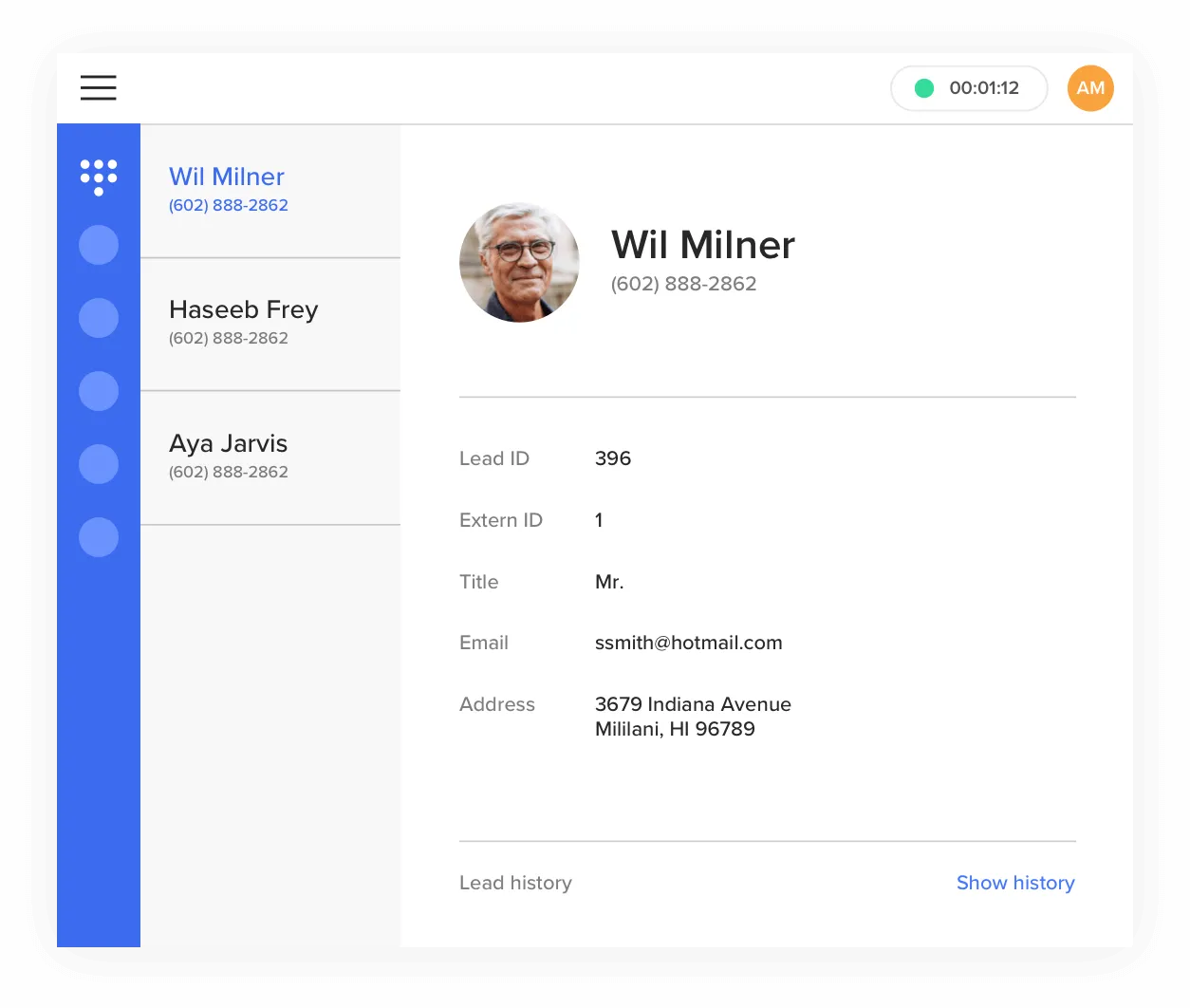
For instance, call scheduling uses metrics to set the exact time when a customer will be available. When that time arrives, the predictive dialler gives preference to the scheduled client. Some systems also build in time zone awareness, preventing calls in the middle of someone else’s night!

Voice broadcast or robo-diallers can send out a pre-recorded voicemail or SMS to multiple customers simultaneously—which is ideal for product updates or reminders, or prospecting to large groups of people with similar needs. Some software can be programmed to leave a message on reaching an answering machine.
If your business receives a lot of inbound traffic, you can also use an Automatic Call Distributor (ACD) system that routes calls to a specific agent based on pre-set conditions. Meanwhile, Interactive Voice Response (IVR) allows incoming callers to access information via pre-recorded messages without having to speak to an agent.
Whatever type of business or team you have, it makes sense to choose dialler software that offers a comprehensive list of functions. For example, RingCentral is an omnichannel contact centre solution that includes dialler phone systems alongside other essential features.
Predictive diallers should be simple to set up and easy for agents to use. There will be slight variations between different software, but most work in pretty much the same way.
Once you’ve decided on who to contact for a particular campaign, you just need to create a list of numbers for contacts or leads, and upload them into the system. You can also write scripts for agents to follow, and give them the ability to make notes during or after a call.
In most systems, the agent will set their status to “available” and connect to an off-hook session, and the predictive dialler will then begin calling contacts according to the list. When a call is connected, the call details and the script will appear on-screen.
Calls may be ended with a hangup button either on the dialpad or the script. The next call will come in straight away, unless the system is configured to allow admin time between calls. Some diallers also include a callback feature.
If you’re looking for a predictive dialler system that gives you all the tools your team or business needs, it’s worth choosing intelligent call centre software. That way, you’ll have all the essential features in one package.
With an intuitive UI and 99.99% uptime, the software lets you tailor campaigns to meet your goals with rule-setting and data integration capabilities. Agents have quick access to customer information, and seamless syncing between desktop and external applications.
The system models the probability of calls connected to a real person, and will analyse and rebuild the predictive model in real time after each call. It also offers coaching capabilities, live-reporting dashboards, and closed feedback loops from automated call recordings.

RingCentral software is compliant with the Telephone Consumer Protection Act (TCPA) and includes a Do Not Call (DNC) list integration that lets customers opt out and remembers their choices. It also features time zone-conscious technology.
And, of course, Engage Voice is designed to integrate with RingEX, so your whole company can benefit from the brand’s award-winning communications solutions.
Watch this video to see how one company enhanced their customer service offering with RingCentral:

A predictive dialler uses a pacing algorithm to determine agent availability, dials numbers even before an agent becomes available, and places multiple calls for each available agent. A progressive dialler works in real-time without an algorithm—it only dials when an agent is free, and places one call at a time.
Predictive diallers have been shown to maximise efficiency by vastly increasing the number of calls an agent can make. Some reports suggest that agent productivity can be doubled or even trebled with a predictive dialler. They are most effective in high-volume contact centres with multiple agents, where the dialler has enough data to make predictions.
With RingCentral, it’s easy to set up automatic calls. Just visit the RingCentral website to see a step-by-step guide.
No—but you must follow certain practices to avoid breaking the law. Predictive diallers that do not have pre-established consent for the numbers they call are banned by Ofcom.
The TCPA also restricts the use of predictive diallers without prior written consent. Businesses should keep a Do Not Call database and ensure that it is up to date.
There’s plenty of variation in , depending on whether you choose an on-premises or cloud-hosted solution—or whether your software provider charges per call, monthly, or annually. The best way to ensure value for money is to choose comprehensive cloud contact centre software.